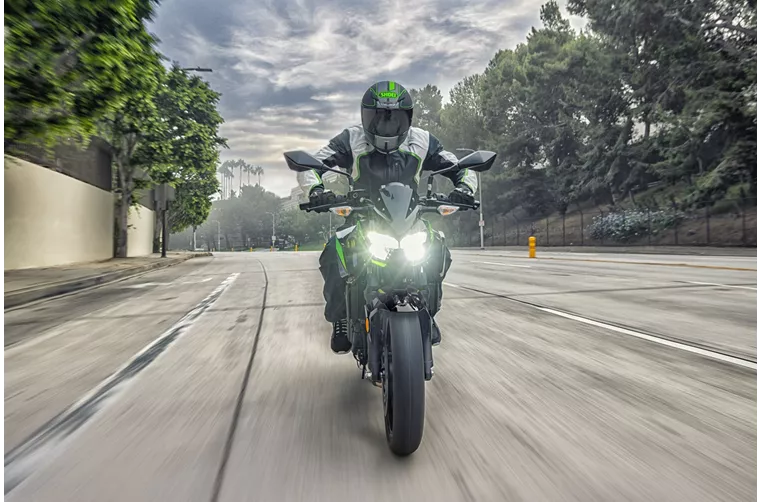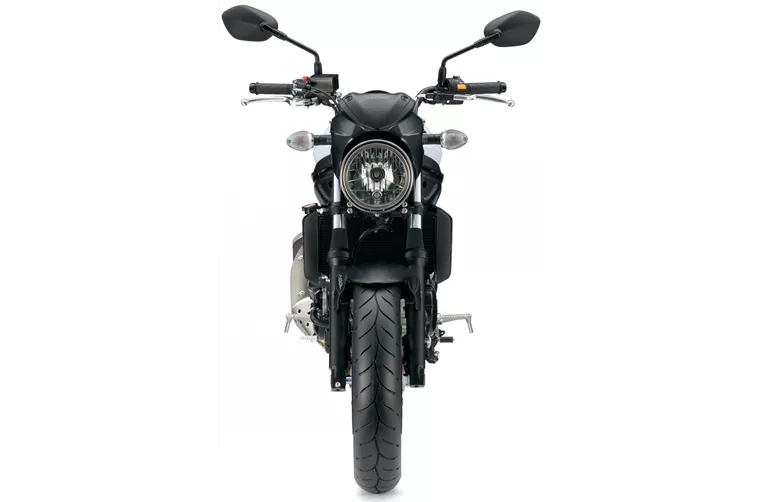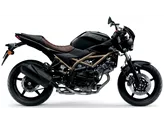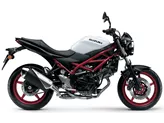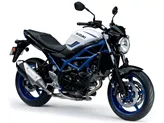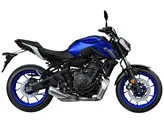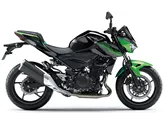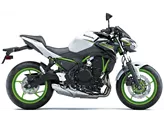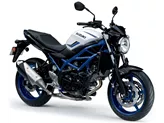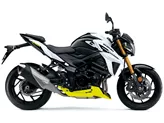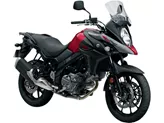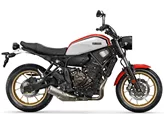Kawasaki Z 400 2023 vs. Suzuki SV 650 2017

Kawasaki Z 400 2023

Suzuki SV 650 2017
Overview - Kawasaki Z 400 2023 vs Suzuki SV 650 2017
The Kawasaki Z 400 2023 and the Suzuki SV 650 2017 are both naked bikes with similar technical specifications. However, there are some notable differences between the two models.
In terms of engine performance, the Suzuki SV 650 2017 has a more powerful engine compared to the Kawasaki Z 400 2023. The SV 650 is equipped with a V-twin engine that produces 76 horsepower and 64 Nm of torque, while the Z 400 has an inline twin engine that generates 45 horsepower and 37 Nm of torque. This means that the SV 650 offers more power and torque, making it a more thrilling and exciting ride.
Both bikes feature fuel injection systems and liquid cooling, ensuring efficient and reliable performance. They also have the same number of cylinders and similar suspension setups, with telescopic forks at the front and swing arm suspension with a monoshock at the rear. The chassis of both bikes is made of steel and has a tubular frame design, providing stability and durability.
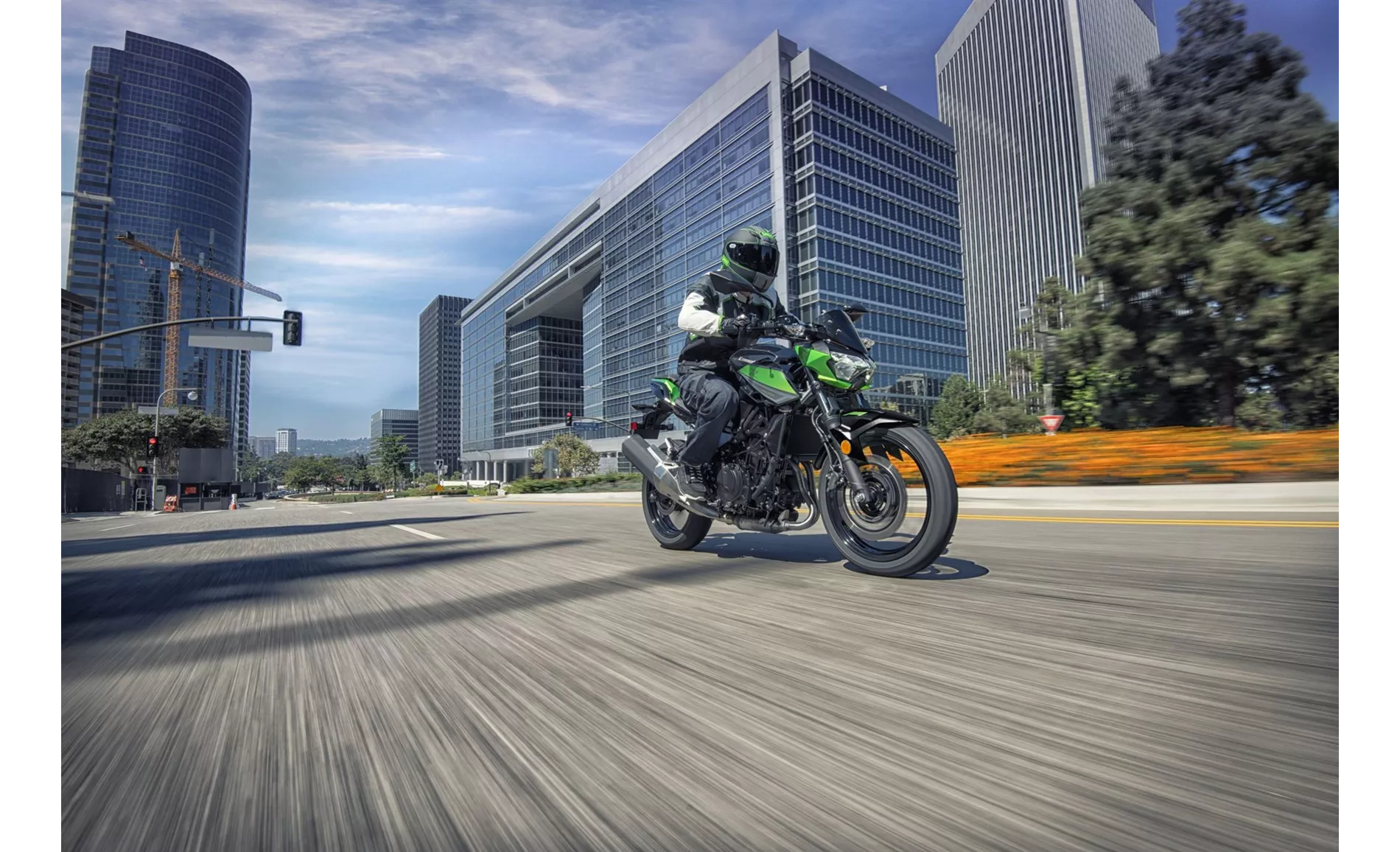
Kawasaki Z 400 2023
When it comes to braking, the Suzuki SV 650 2017 has double disc brakes at the front, with a diameter of 290 mm and double piston calipers. On the other hand, the Kawasaki Z 400 2023 has a single disc brake at the front, with a larger diameter of 310 mm and double piston calipers. While both bikes have ABS as an advanced rider assistance system, the SV 650 is criticized for having weaker brakes compared to the Z 400.
In terms of dimensions and weights, the Suzuki SV 650 2017 has a longer wheelbase of 1445 mm compared to the Z 400's 1370 mm. However, both bikes have the same seat height of 785 mm. The SV 650 is slightly heavier with a curb weight of 197 kg, while the Z 400 weighs 167 kg with ABS. Both bikes have similar fuel tank capacities, with the SV 650 having 13.8 liters and the Z 400 having 14 liters.

Suzuki SV 650 2017
In terms of strengths, the Kawasaki Z 400 2023 is praised for its lively engine, good chassis, and brakes, easy handling, grown-up look, and high-quality workmanship. On the other hand, the Suzuki SV 650 2017 is commended for its smooth engine, playful handling, and great chassis.
However, the Kawasaki Z 400 2023 does have a weakness in the form of non-adjustable levers, which may limit customization options for some riders. On the other hand, the Suzuki SV 650 2017 is criticized for having weaker brakes compared to its competitors.
In conclusion, both the Kawasaki Z 400 2023 and the Suzuki SV 650 2017 are solid naked bikes with their own strengths and weaknesses. The Z 400 offers a more affordable and beginner-friendly option with a lively engine and good overall performance. On the other hand, the SV 650 provides a more powerful and thrilling ride with its smooth engine and playful handling, although it may have some issues with its braking system. Ultimately, the choice between the two models will depend on the rider's preferences and priorities.
Technical Specifications Kawasaki Z 400 2023 compared to Suzuki SV 650 2017
Pros and Cons in comparison
Pros and Cons in comparison
Kawasaki Z 400 2023
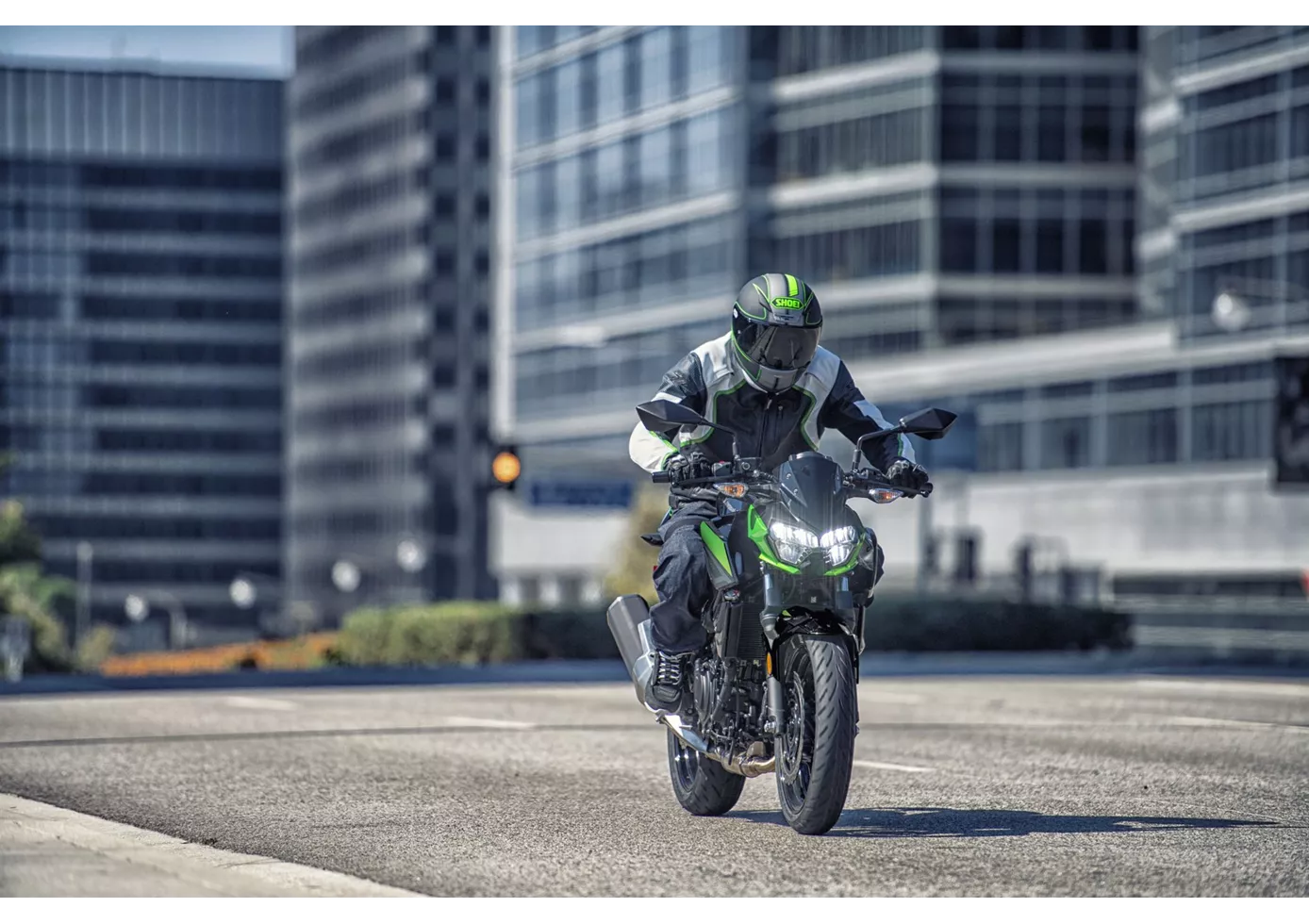
A cool and sensible entry into the A2 class. The Kawasaki Z400 scores points all along the line with its instinctive handling and the in-line two-cylinder, which convinces with good response and sufficient power. You can't go wrong with this naked bike and you can overlook the fact that the levers are not adjustable - after all, costs have to be saved somewhere.
Suzuki SV 650 2017

The Suzuki SV 650 is accompanied by a long history of success that is sure to continue for a long time. Its supple V2 impresses with very smooth response and plenty of torque. Compact dimensions help to make the motorbike look very compact. This will be very convenient for beginners. The chassis also scores with playful handling. Unfortunately, the braking effect is not at the level one would expect from such a powerful vehicle.
Price Comparison Avarage Market Price Kawasaki Z 400 vs Suzuki SV 650
There are a few key differences between a Kawasaki Z 400 2023 and a Suzuki SV 650 2017. In terms of price, the actual average prices of both motorbikes are almost the same. Compared to Suzuki SV 650 2017 there are more Kawasaki Z 400 2023 bikes available on the 1000PS.de Marketplace, specifically 89 compared to 6. It takes less time to sell a Suzuki SV 650 with 112 days compared to 123 days for the Kawasaki Z 400. Since model year 2019 1000PS.de editors have written 8 reviews for the Kawasaki Z 400 and 25 reviews for the Suzuki SV 650 since model year 2005. The first review for the Kawasaki Z 400 was published on 10/2/2018 and now has more than 23,200 views. This compares to more than 14,200 views for the first review on Suzuki SV 650 published on 9/26/2008.
